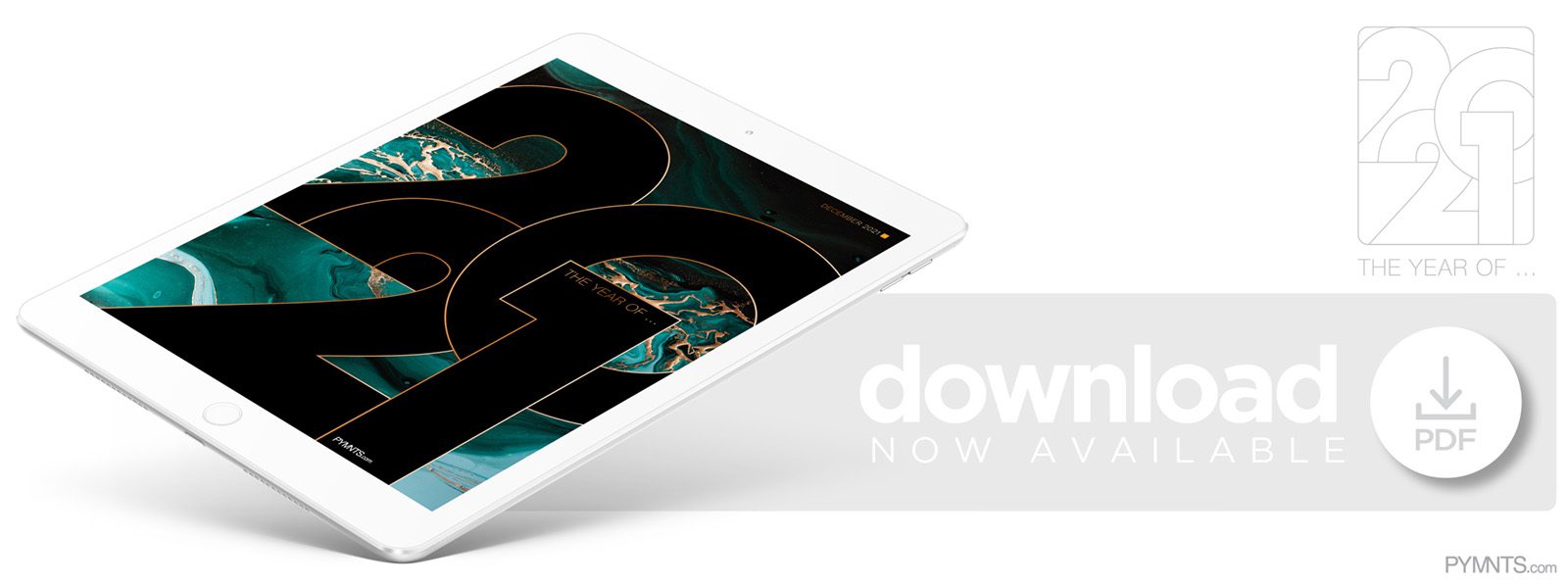Billtrust: 2021 Was the Year of Realization

COVID-19 doesn’t seem to be going anywhere, says Steve Pinado, president of Billtrust. Given that reality, it’s time for finance teams to stop being reactive and start embracing technologies that will help their businesses thrive — and not just survive. Read his thoughts in the PYMNTS eBook, “In a Word: 50 Thought Leaders Sum Up 2021.”
I believe “realization” is the word that best describes 2021 for many of us in the B2B integrated payments ecosystem where Billtrust customers exist. It has been a year during which many of us were able to step back and assess the situation in ways that we didn’t or couldn’t do in 2020, when many of us were forced to be reactive. In taking stock, we came to a number of realizations:
- With the advent of a new variant, omicron, we realized that COVID-19 continues to adapt and isn’t going anywhere.
- We realized that remote/hybrid work models are here to stay, and finance teams have to make accommodations.
- We realized that USPS slowdowns and delays are also permanent, and that relying on the mail to maintain cash flow is a risky endeavor.
- We realized that the customer experience is our most important differentiator, and that self-service is key to doing business moving forward.
- Most of all, we’ve realized that the methods that have worked for so many of us up till now will no longer help us succeed.
With all of these realizations firmly in place, it is now decision time. Are we going to adapt to the new world around us? According to recent third-party research commissioned by Billtrust, accounts receivable teams are addressing these new realities by strongly investing in technology initiatives in the coming months, like campaigns to move customers toward accepting electronic invoices and making electronic payments, integrations with accounts payable (AP) portals and the addition of self-service payment portals.
The research also showed that best-in-class accounts receivable (AR) organizations, defined by their ability to present invoices electronically and accept digital payments — as well as other factors like predictive analytics and touchless cash application — demonstrate clear success, with 25% better customer service levels and 23% collections improvement versus the average AR department. Best-in-class teams were also found to offer 20% more self-service capabilities and to receive payments 15% faster than average.
These firms also measure success differently. Rather than measure performance by immediate cash flow (DSO), these AR teams measure success based on customer satisfaction with AR processes. Companies like these, which represent about 8% of all the firms we’ve surveyed, have made the decision that automation, digitization and modernization of the AR process is critical to future-proofing their businesses.
Change doesn’t come easy, but I’m pleased that many AR organizations have realized that it’s time to address the new realities — and to eliminate the outdated processes and poor user experiences that stifle their ability to compete today and tomorrow.

